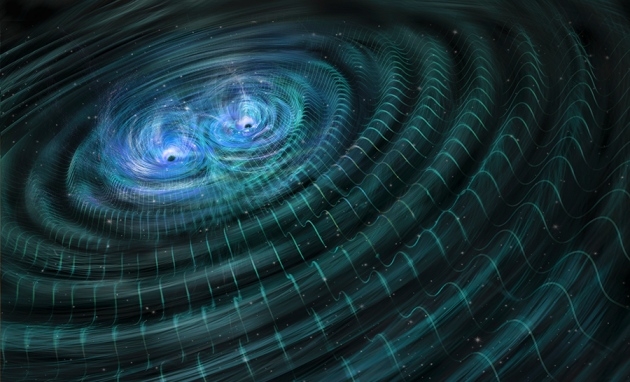LIGO black hole echoes hint at general-relativity breakdown

Nicolle R. Fuller/Science Photo Library
Black hole mergers captured by LIGO offer a chance to explore new physics.
Gravitational-wave data show tentative signs of firewalls or other exotic physics.
Zeeya Merali
09 December 2016
It was hailed as an elegant confirmation of Einstein’s general theory of relativity — but ironically the discovery of gravitational waves earlier this year could herald the first evidence that the theory breaks down at the edge of black holes. Physicists have analysed the publicly released data from the Laser Interferometer Gravitational-Wave Observatory (LIGO), and claim to have found “echoes” of the waves that seem to contradict general relativity’s predictions1.
The echoes could yet disappear with more data. If they persist, the finding would be extraordinary. Physicists have predicted that Einstein’s hugely successful theory could break down in extreme scenarios, such as at the centre of black holes. The echoes would indicate the even more dramatic possibility that relativity fails at the black hole’s edge, far from its core.
If the echoes go away, then general relativity will have withstood a test of its power — previously, it wasn’t clear that physicists would be able to test their non-standard predictions.
See full text